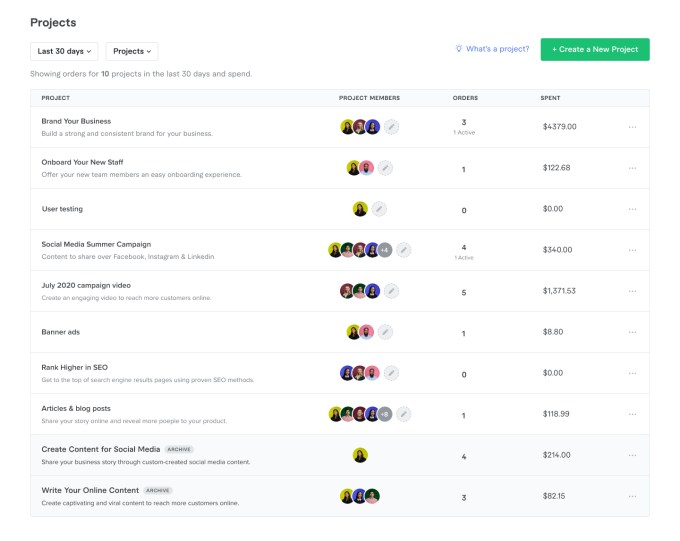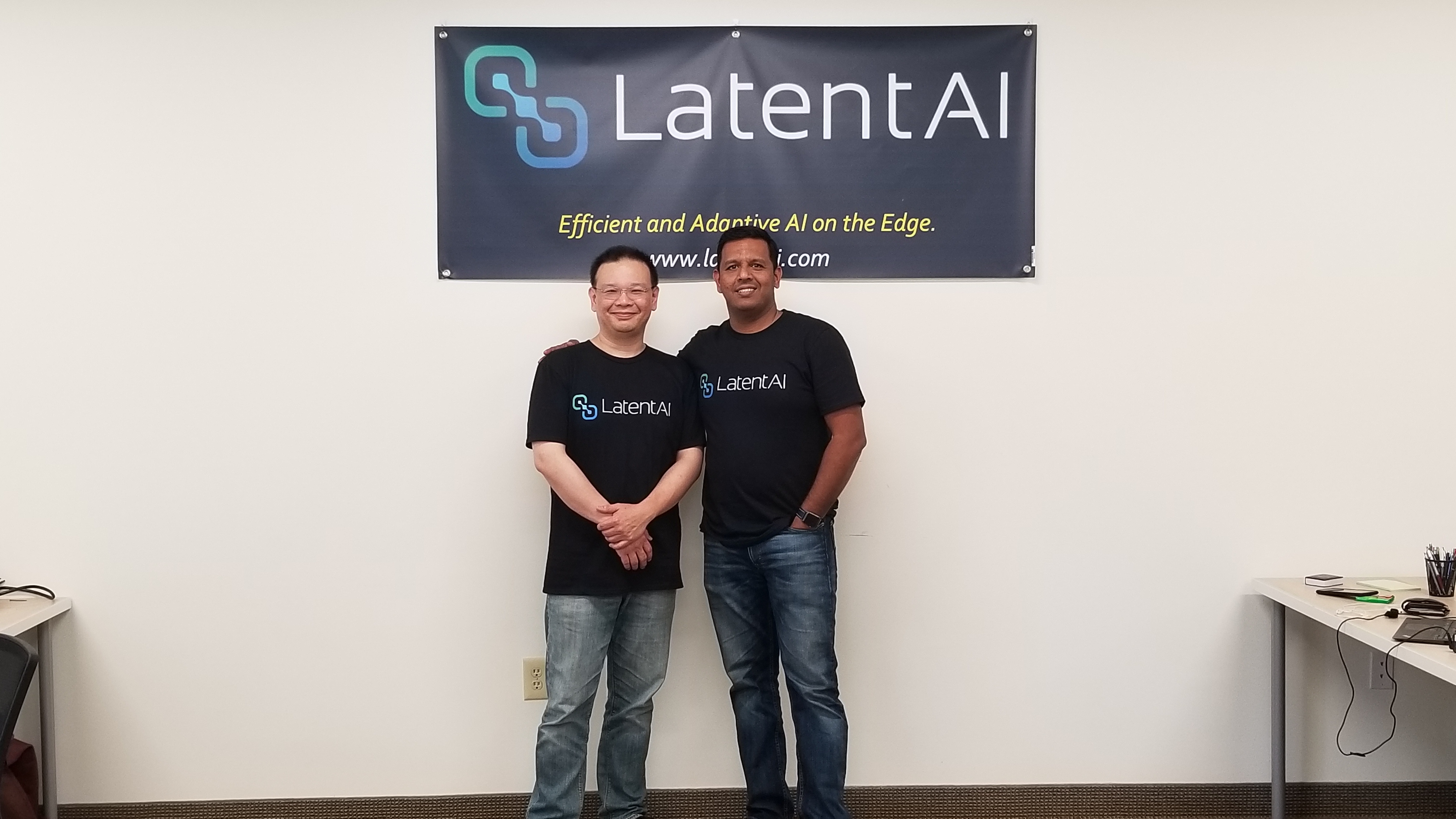If you listed the trends that have captured the attention of 20 Warsaw-focused investors who replied to our recent surveys, automation/AI, enterprise SaaS, cleantech, health, remote work and the sharing economy would top the list. These VCs said they are seeking opportunities in the “digital twin” space, proptech and expanded blockchain tokenization inside industries.
Investors in Central and Eastern Europe are generally looking for the same things as VCs based elsewhere: startups that have a unique value proposition, capital efficiency, motivated teams, post-revenue and a well-defined market niche.
Out of the cohort we interviewed, several told us that COVID-19 had not yet substantially transformed how they do business. As Michał Papuga, a partner at Flashpoint VC put it, “the situation since March hasn’t changed a lot, but we went from extreme panic to extreme bullishness. Neither of these is good and I would recommend to stick to the long-term goals and not to be pressured.”
Said Pawel Lipkowski of RBL_VC, “Warsaw is at its pivotal point — think Berlin in the ‘90s. It’s a place to observe carefully.”
Here’s who we interviewed for part one:
- Bryony Cooper, managing partner, Arkley Brinc VC
- Anna Wnuk-Błażejczyk, investor relations manager, Experior.vc
- Rafał Roszak, investment director, YouNick Mint
- Michal Mroczkowski, partner, Market One Capital
- Marcus Erken, partner, Sunfish Partners
- Borys Musielak, partner, SMOK Ventures
- Mathias Åsberg, partner, Nextgrid
- Kuba Dudek, SpeedUp Venture Capital Group
- Marcin Laczynski, partner, Next Road Ventures
- Michał Rokosz, partner, Inovo Venture Partners
For the conclusion, we spoke to the following investors:
- Karol Szubstarski, partner, OTB Ventures
- Michał Papuga, partner, Flashpoint VC
- Michal Bachmacz, partner, Aper Ventures
- Pawel Lipkowski, partner, RBL_VC
- Tomasz Golinski, partner, CofounderZone
- Szymon Janiak, partner, Czysta3.vc
- Bogy Skowronski, partner, Mitefcee.org
- Boris Kocot, partner, AIP Seed
- Bartosz Lipnicki, partner, Alfabeat
- Radek Czyrko, partner, THC Pathfinder VC
Karol Szubstarski, partner, OTB Ventures
What trends are you most excited about investing in, generally?
Gradual shift of enterprises toward increased use of automation and AI, that enables dramatic improvement of efficiency, cost reduction and transfer of enterprise resources from tedious, repeatable and mundane tasks to more exciting, value added opportunities.
What’s your latest, most exciting investment?
One of the most exciting opportunities is ICEYE. The company is a leader and first mover in synthetic-aperture radar (SAR) technology for microsatellites. It is building and operating its own commercial constellation of SAR microsatellites capable of providing satellite imagery regardless of the cloud cover, weather conditions and time of the day and night (comparable resolution to traditional SAR satellites with 100x lower cost factor), which is disrupting the multibillion dollar satellite imagery market.
Are there startups that you wish you would see in the industry but don’t? What are some overlooked opportunities right now?
I would love to see more startups in the digital twin space; technology that enables creation of an exact digital replica/copy of something in physical space — a product, process or even the whole ecosystem. This kind of solution enables experiments and [the implementation of] changes that otherwise could be extremely costly or risky – it can provide immense value added for customers.
What are you looking for in your next investment, in general?
A company with unique value proposition to its customers, deep tech component that provides competitive edge over other players in the market and a founder with global vision and focus on execution of that vision.
Which areas are either oversaturated or would be too hard to compete in at this point for a new startup? What other types of products/services are you wary or concerned about?
No market/sector is too saturated and has no room for innovation. Some markets seem to be more challenging than others due to immense competitive landscape (e.g., food delivery, language-learning apps) but still can be the subject of disruption due to a unique value proposition of a new entrant.
How much are you focused on investing in your local ecosystem versus other startup hubs (or everywhere) in general? More than 50%? Less?
OTB is focused on opportunities with links to Central Eastern European talent (with no bias toward any hub in the region), meaning companies that leverage local engineering/entrepreneurial talent in order to build world-class products to compete globally (usually HQ outside CEE).
Which industries in your city and region seem well-positioned to thrive, or not, long term? What are companies you are excited about (your portfolio or not), which founders?
CEE region is recognized for its sizable and highly skilled talent pool in the fields of engineering and software development. The region is well-positioned to build up solutions that leverage deep, unique tech regardless of vertical (especially B2B). Historically, the region was especially strong in AI/ML, voice/speech/NLP technologies, cybersecurity, data analytics, etc.
How should investors in other cities think about the overall investment climate and opportunities in your city?
CEE (including Poland and Warsaw) has always been recognized as an exceptionally strong region in terms of engineering/IT talent. Inherent risk aversion of entrepreneurs has driven, for a number of years, a more “copycat”/local market approach, while holding back more ambitious, deep tech opportunities. In recent years we are witnessing a paradigm shift with a new generation of entrepreneurs tackling problems with unique, deep tech solutions, putting emphasis on global expansion, neglecting shallow local markets. As such, the quality of deals has been steadily growing and currently reflects top quality on global scale, especially on tech level. CEE market demonstrates also a growing number of startups (in total), which is mostly driven by an abundance of early-stage capital and success stories in the region (e.g., DataRobot, Bolt, UiPath) that are successfully evangelizing entrepreneurship among corporates/engineers.
Do you expect to see a surge in more founders coming from geographies outside major cities in the years to come, with startup hubs losing people due to the pandemic and lingering concerns, plus the attraction of remote work?
I believe that local hubs will hold their dominant position in the ecosystem. The remote/digital workforce will grow in numbers but proximity to capital, human resources and markets still will remain the prevalent force in shaping local startup communities.
Which industry segments that you invest in look weaker or more exposed to potential shifts in consumer and business behavior because of COVID-19? What are the opportunities startups may be able to tap into during these unprecedented times?
OTB invests in general in companies with clearly defined technological advantage, making quantifiable and near-term difference to their customers (usually in the B2B sector), which is a value-add regardless of the market cycle. The economic downturn works generally in favor of technological solutions enabling enterprise clients to increase efficiency, cut costs, bring optimization and replace manual labour with automation — and the vast majority of OTB portfolio fits that description. As such, the majority of the OTB portfolio has not been heavily impacted by the COVID pandemic.
How has COVID-19 impacted your investment strategy? What are the biggest worries of the founders in your portfolio? What is your advice to startups in your portfolio right now?
The COVID pandemic has not impacted our investment strategy in any way. OTB still pursues unique tech opportunities that can provide its customers with immediate value added. This kind of approach provides a relatively high level of resilience against economic downturns (obviously, sales cycles are extending but in general sales pipeline/prospects/retention remains intact). Liquidity in portfolio is always the number one concern in uncertain, challenging times. Lean approach needs to be reintroduced, companies need to preserve cash and keep optimizing — that’s the only way to get through the crisis.
Are you seeing “green shoots” regarding revenue growth, retention or other momentum in your portfolio as they adapt to the pandemic?
A good example in our portfolio is Segron, a provider of an automated testing platform for applications, databases and enterprise network infrastructure. Software development, deployment and maintenance in enterprise IT ecosystem requires continuous and rigorous testing protocols and as such a lot of manual heavy lifting with highly skilled engineering talent being involved (which can be used in a more productive way elsewhere). The COVID pandemic has kept engineers home (with no ability for remote testing) while driving demand for digital services (and as such demand for a reliable IT ecosystem). The Segron automated framework enables full automation of enterprise testing leading to increased efficiency, cutting operating costs and giving enterprise customers peace of mind and a good night’s sleep regarding their IT infrastructure in the challenging economic environment.
What is a moment that has given you hope in the last month or so? This can be professional, personal or a mix of the two.
I remain impressed by the unshakeable determination of multiple founders and their teams to overcome all the challenges of the unfavorable economic ecosystem.

Powered by WPeMatico



